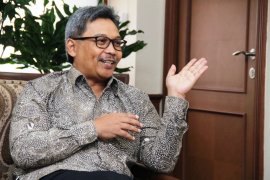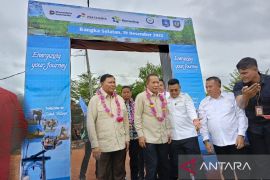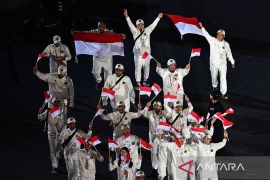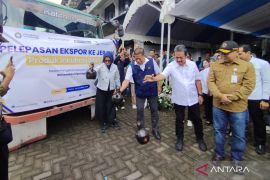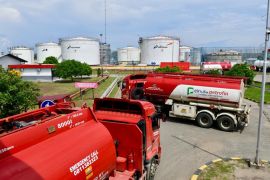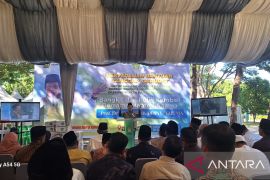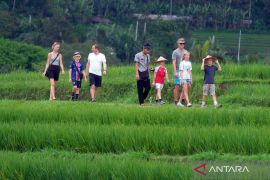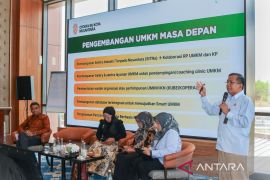"Secondary food sources in Indonesia are relatively undeveloped and have even been omitted from national food consumer preferences," said Prof Dr Darsono of the Faculty of Agribusiness Studies at the University of Sebelas Maret Surakarta (UNS) here Thursday.
Darsono said from 1970 up to 2007 secondary food commodity production showed a consistent upward trend (except for soybean) but it later decreased because of inconsistent policies while consumption decreased steadily in the same period.
During the period, production of most secondary food commodities resulted in a surplus and it was possible to export them (except soybean).
The decrease in secondary food consumption was related to increasing dependence on rice as the staple food and also a shift to in favor of wheat whereas wheat grows well only in an agro-climate not in accordance with agricultural conditions in Indonesia.
"Huge production surpluses occurred in cassava and sweet potato, but unfortunately both of these commodities were exported in the form of primary products or in simply processed form , namely cassava slices," said Darsono.
The increase in harvested area of cassava per year is averaged on 0.35 percent, while its productivity is 12,635 kg per hectare and experience an increase per year by 1.84 per cent.
Cassava`s average consumption per year amounting to 16,052,099 tons and an average increase of 2.36 percent per year.
Total consumption is lower than the production allows the average annual export of 329,429 tons with an average increase of 61.82 percent. (*)
Editor: Kunto Wibisono
Copyright © ANTARA 2011
